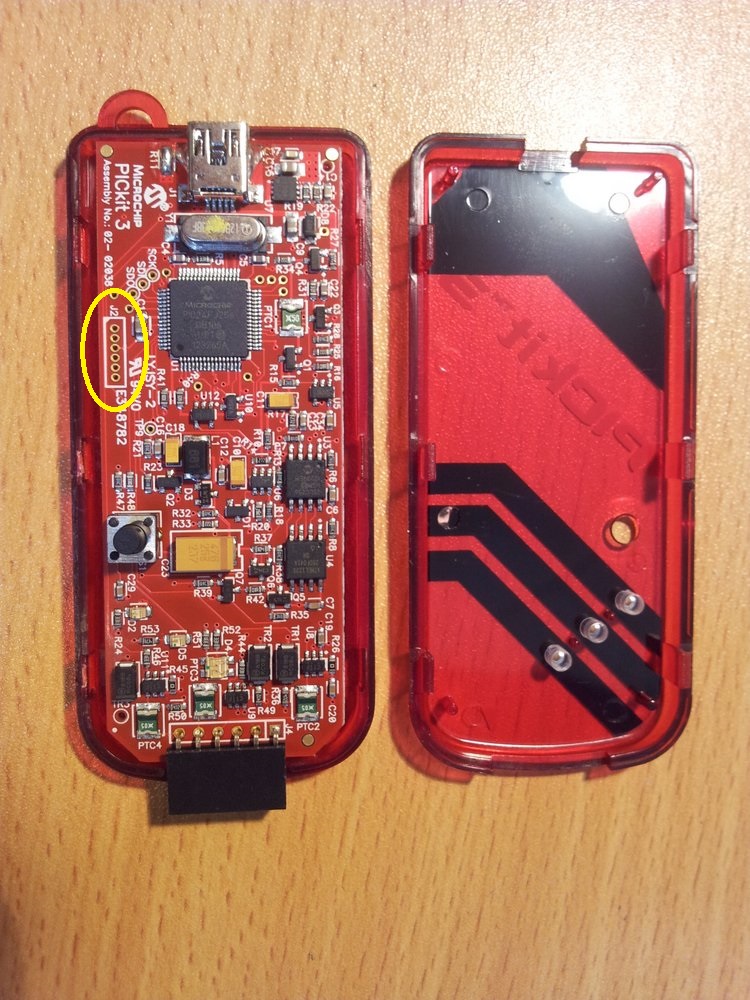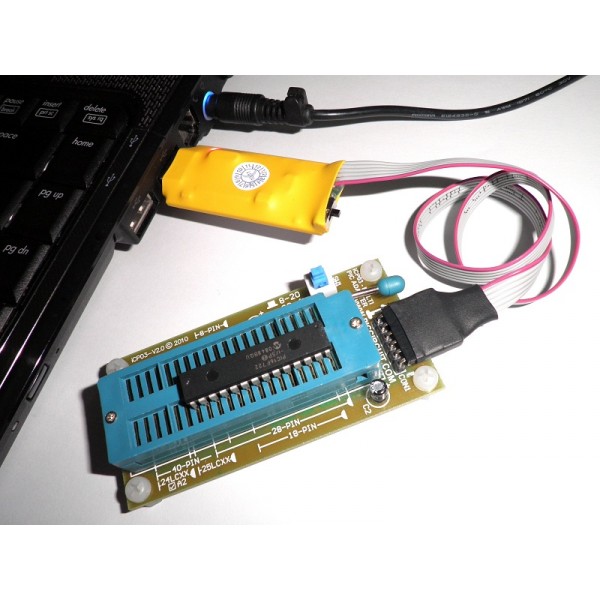

This circuit looks to be the same basic underlying Pickit 3 circuit, but with some “faking” of inputs to mimic missing circuitry. Above that are a couple of voltage dividers that mimic the programming and target mcu voltages, and above that are the target MCU clock and Data lines. To the right of that is a transistor that controls the target MCU master-clear line. Just above that and to the right is the target MCU programming header. Working our way down we see the main MCU the PIC24FJ256GB106 – and it’s programming header to the left, and below that is the USB Mini-B connector and the 3.3V regulator. In the top left of the schematic is the 25LC256 EEPROM. Here is a link to a PDF of the schematic: PDF Schematic Knowing this – I decided to see what I could do to remove the circuitry I didn’t need, yet still have a functioning programmer/debugger.Īfter a little research and looking at what Microchip had done with their starter kits, I arrived at the following schematic, which is based on their Pickit On-Board: I also have no real need for programming on the go, or even to provide power to the target MCU to program. For instance – I primarily use the newer 3.3V PIC32 processors, so I really don’t need the ability to alter the voltage like the standard Pickit 3 can. It works well, but I have often wondered just how little of its circuitry was needed to program and debug the boards I make. Previously, I made a Pickit 3 clone – (See previous Blog Post). Pic10f series microcontroller based Project List of PDF.Pic16f72 microcontroller based Project List of PDF.

PIC32 microcontroller based Projects List of PDF.Pic18f452 microcontroller based projects list PDF.Pic18f4550 microcontroller based projects List PDF.Pic16f877 based projects – PIC Microcontroller PDF Downloadable.Proteus based Pic Microcontroller Projects pdf.Pic10f series microcontroller based Project List.Pic18f452 microcontroller based projects.Pic18f4550 microcontroller based projects.Pic16f877a microcontroller based projects list.


 0 kommentar(er)
0 kommentar(er)
